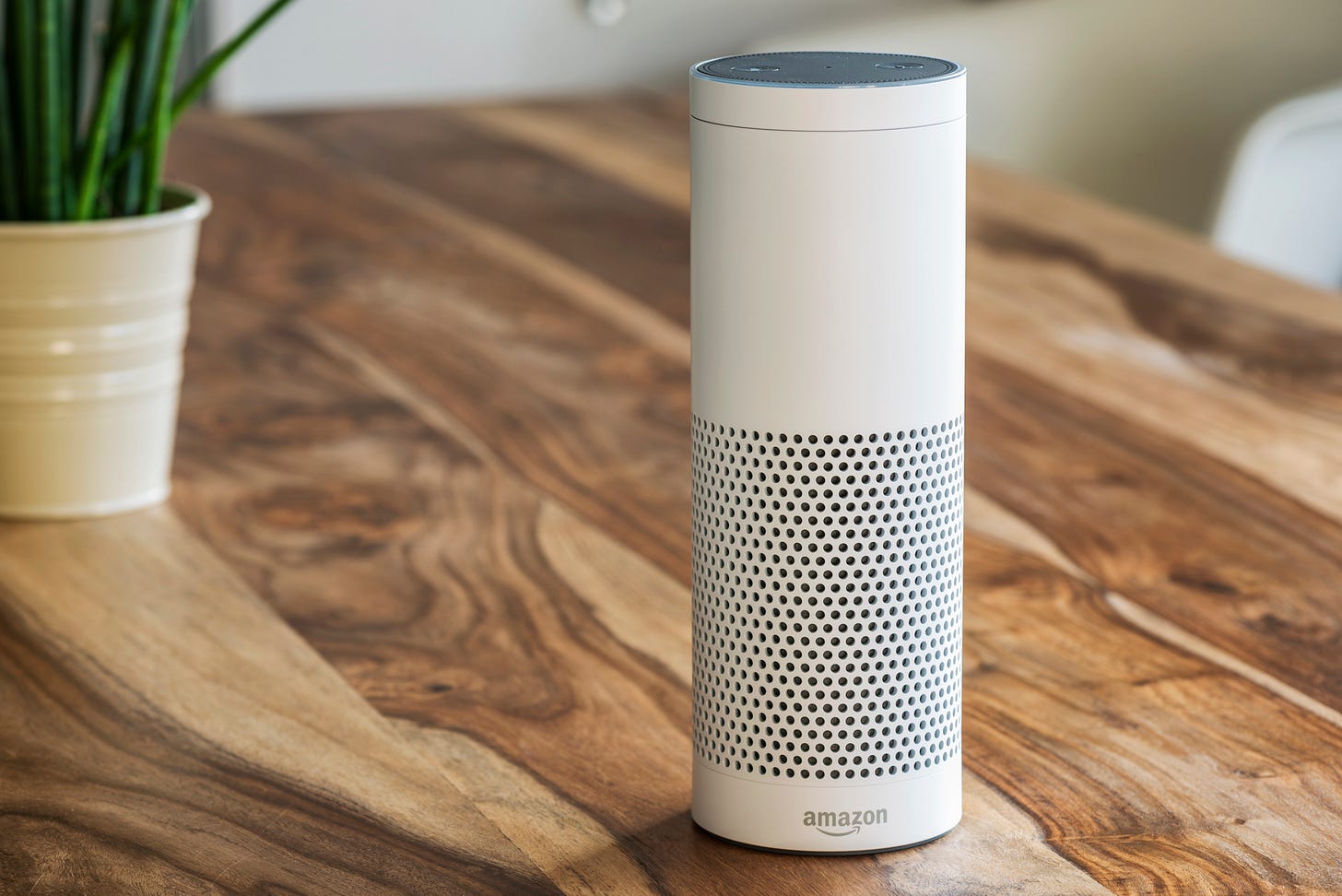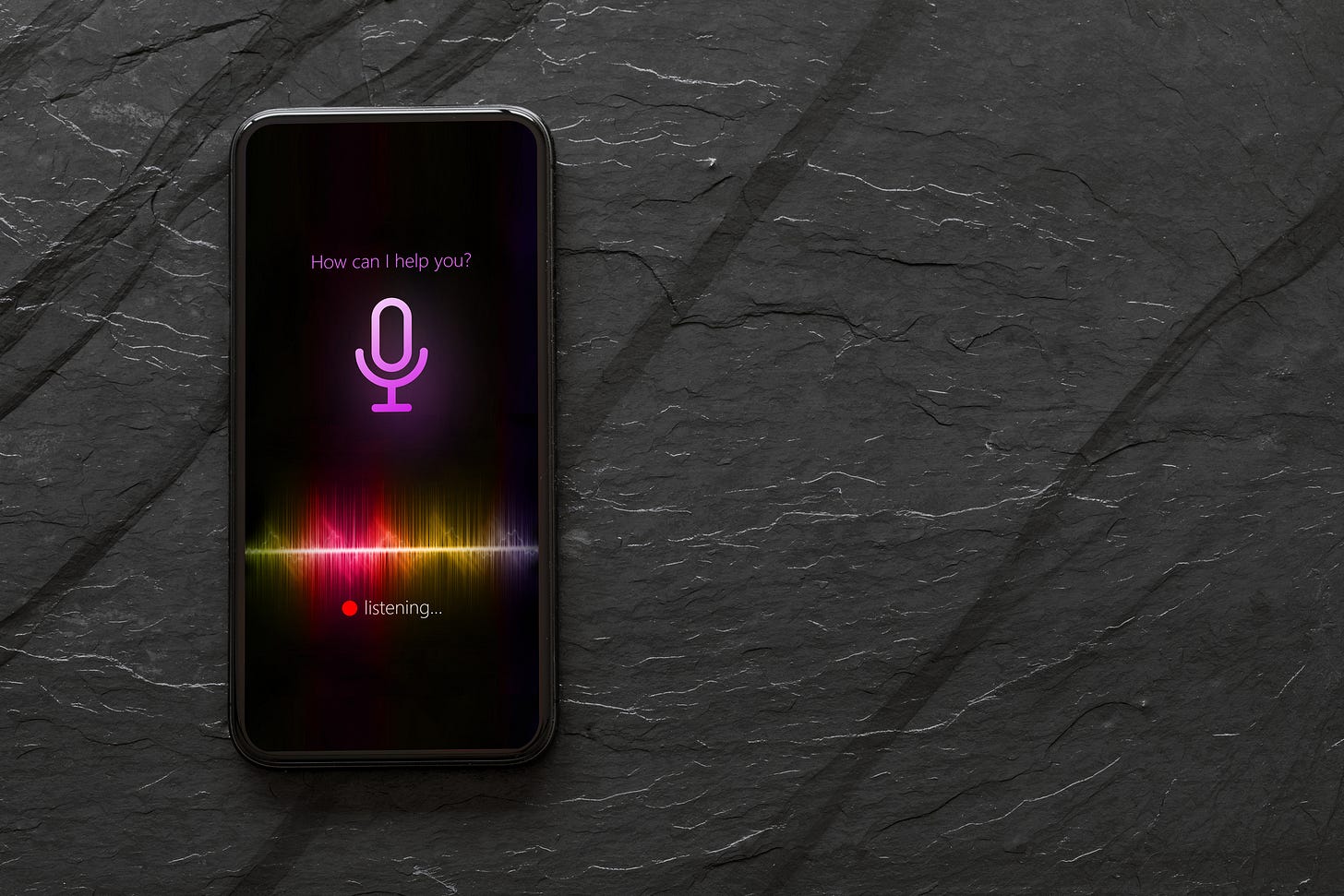Talking to Machines: The Evolution, Breakthroughs, and Future of Voice AI
From Siri to Smart Homes and Conversational AI—Exploring the Next Frontier of Voice Technology
In 2011, something extraordinary happened: Apple introduced Siri, and for the first time, millions of people could casually ask their phones questions, receive spoken answers, and interact with their devices in a whole new way. It was a pivotal moment for voice AI, but the story doesn’t start—or end—there. The journey to conversational AI has been one of incremental breakthroughs, public fascination, and growing expectations. Let’s dig into how voice AI came to be, what’s happening behind the scenes, and where we’re headed next.
The Early Days: From Dictation to Conversation
Voice AI didn’t burst onto the scene overnight. Early systems, such as Dragon NaturallySpeaking in 1997, focused on transcription rather than conversation. Dragon’s speech recognition software allowed users to dictate text, but its limited accuracy and need for training made it more useful in niche environments like professional transcription than in everyday life. It was a significant technical feat, but still clunky by modern standards and far from conversational.
In 2010, Google Voice Search marked a shift. Users could now search the web by speaking into their phones, a leap forward from earlier efforts. Although it wasn’t conversational, it laid the groundwork for voice interaction on mobile devices. However, voice AI at this point was more novelty than necessity—effective in certain tasks but still unreliable for more complex uses.
Siri’s Breakthrough: Why 2011 Was the Year of Voice AI
Everything changed when Apple introduced Siri with the iPhone 4S in 2011. For the first time, people could not only interact with their devices via voice but hold basic conversations, getting real-time answers to a wide variety of questions. What made Siri special was the combination of advancements in natural language processing (NLP), machine learning, and Apple’s polished user experience.

Siri worked by offloading complex tasks to the cloud, where powerful servers handled language interpretation and response generation. Apple’s innovation made voice interaction feel seamless and accessible—users could ask natural questions like, “What’s the weather?” and receive immediate spoken answers. This marked the beginning of voice AI as a conversational tool, but it was not without its limitations—particularly when it came to handling complex queries or understanding nuance and colloquial language.
Amazon and Google Bring Voice AI Home
While Siri brought voice AI to mobile devices, Amazon Alexa and Google Assistant brought it into the home. In 2014, Amazon launched Alexa, embedded in the Echo smart speaker, enabling users to control smart home devices by voice. Alexa turned voice commands into a practical, everyday tool, allowing users to control everything from lights to thermostats with just a few words. Meanwhile, Google Assistant, introduced in 2016, took advantage of Google’s powerful search and data capabilities to provide more detailed responses and tighter integration with its ecosystem of services.
Despite their advances, these systems weren’t perfect. Alexa and Google Assistant excelled in providing information-rich responses and managing tasks, but they struggled to maintain consistency across different environments, especially when controlling a diverse set of smart devices. There was also a noticeable gap between understanding natural conversation and how well these systems could interpret and respond to more complex, nuanced inputs.
What Happens Where: Local vs. Cloud Processing in Voice AI
Voice AI feels seamless, but behind the scenes, there’s a complex interplay between local and cloud-based processing. For instance, when you ask Siri to turn off the lights, much of the automatic speech recognition (ASR) can happen locally on your device. Similarly, newer Alexa devices equipped with Amazon’s Neural Edge processors can handle basic voice recognition tasks on-device, like wake-word detection or simple requests such as adjusting lights. Local processing improves speed, privacy, and offline functionality for basic commands.
However, for more complex queries—like asking for restaurant recommendations or streaming music—the voice data is transmitted to the cloud, where powerful servers handle natural language processing (NLP) and natural language understanding (NLU). These systems interpret the request, retrieve relevant information, and deliver a response—all within milliseconds.
While this combination of local and cloud processing enables seamless functionality, challenges such as latency, internet dependency, and privacy concerns persist. As voice AI continues to develop, there’s a strong push to localize more processing on-device, enhancing privacy, reliability, and responsiveness.
Decoding Meaning: How NLU is Advancing
Early voice AI systems excelled at converting speech into text but fell short in understanding the meaning behind those words. Today, natural language understanding (NLU) has made significant strides in figuring out intent, context, and handling more complex conversational cues. However, challenges remain.
While advancements in deep learning and transformer models like GPT-4 have made AI more adept at understanding context, they still struggle with nuance, slang, and regional dialects. For instance, voice assistants often fail to grasp sarcasm or correctly respond to indirect requests, like “Should I wear a jacket?” after a weather inquiry. Moreover, bias in training data can result in systems failing to recognize accents or producing inadequate responses to diverse speech patterns.
These limitations have spurred efforts to create more inclusive datasets and systems better equipped to handle the diversity of human language. But there is still a long road ahead to achieving truly conversational AI that understands context, emotion, and subtlety the way humans do.
The Ecosystem Effect: How Voice AI Connects Everything
Voice AI plays a pivotal role in the rise of interconnected smart home ecosystems. From managing thermostats and security cameras to controlling lighting and entertainment systems, voice AI has become the central interface that connects and commands an array of devices. Communication protocols like Wi-Fi, Bluetooth, and Zigbee allow smart home devices to talk to each other, creating a unified experience.

What makes voice AI particularly effective is its ability to act as a hub, orchestrating multiple devices simultaneously, even across different manufacturers. You can ask Alexa to dim the lights, play music, and adjust the thermostat—all in one seamless command.
However, interoperability between devices is still a challenge. Not all devices integrate smoothly with voice assistants, leading to occasional friction. Developers are actively working on improving compatibility to ensure that, as the voice-driven ecosystem grows, it becomes more seamless and reliable.
Why Voice is the Future: A Natural Modality for Interaction
The biggest strength of voice AI is that it feels natural. Unlike using a keyboard or touchscreen, voice interaction doesn’t require users to learn new skills. It’s something we instinctively know how to do. This makes voice AI a uniquely intuitive way of interacting with technology, particularly in scenarios where hands-free control is essential—like when you’re cooking, driving, or multitasking.
As voice interaction becomes more common, its limitations are being addressed. While noisy environments and misinterpretation of commands remain concerns, ongoing improvements in contextual awareness and accuracy will make voice interaction an increasingly reliable interface.
What’s Next? Voice AI’s Promising Horizon
The future of voice AI is incredibly exciting. One of the most promising developments is the shift toward making voice AI more localized, allowing devices to handle more processing on-device without relying as heavily on cloud infrastructure. This will lead to faster, more secure interactions and better privacy controls, addressing many of the concerns users have today.
Another area of innovation is emotion recognition. Voice assistants will soon be able to detect how you’re feeling by analyzing tone and speech patterns. This could lead to more personalized interactions, with AI systems adjusting their responses to match your emotional state. However, this also raises important questions about ethics, consent, and data privacy, as AI systems become more emotionally aware.
Meanwhile, advances in contextual awareness will allow voice AI to anticipate your needs based on location, time of day, or past interactions. Imagine an AI that proactively reminds you of a meeting or suggests a recipe based on the ingredients in your fridge—all without you having to ask.
Pushing the Boundaries: What Developers and Creators Can Imagine Next
We’re already seeing voice AI engage in full conversations and collaborate creatively, thanks to platforms like Character.ai and ChatGPT. But this is just the beginning. The next wave of innovation will focus on deeper integrations and new use cases—everything from immersive gaming experiences to personalized learning and mental health support.
Developers are already experimenting with platforms like Amazon Alexa Skills Kit (ASK), Google Cloud Speech-to-Text API, and Mycroft AI, creating new possibilities for how voice interaction can enhance our lives. Whether you’re building a custom smart home system or exploring voice-driven robotics, the tools are more accessible than ever.
However, there are still challenges to overcome, particularly around data privacy and real-time interactions. As voice AI continues to evolve, developers and creators have the opportunity to push the boundaries of what’s possible, shaping a future where voice-driven applications are smarter, more intuitive, and increasingly integrated into our daily routines.
Final Thoughts: What’s Your Take on the Future of Voice AI?
Voice AI has already reshaped how we interact with technology, but the most exciting breakthroughs are still to come. With ongoing advancements in emotional intelligence, contextual awareness, and creative collaboration, the next decade is set to push the boundaries of what we thought was possible. The path forward is filled with opportunities to make voice interaction more natural, reliable, and integrated into the fabric of our daily lives.
So, what’s been the most surprising or impactful way you’ve used voice AI so far? And where do you see it evolving from here? Share your thoughts below, and let’s continue this exploration of the future of talking to machines.






